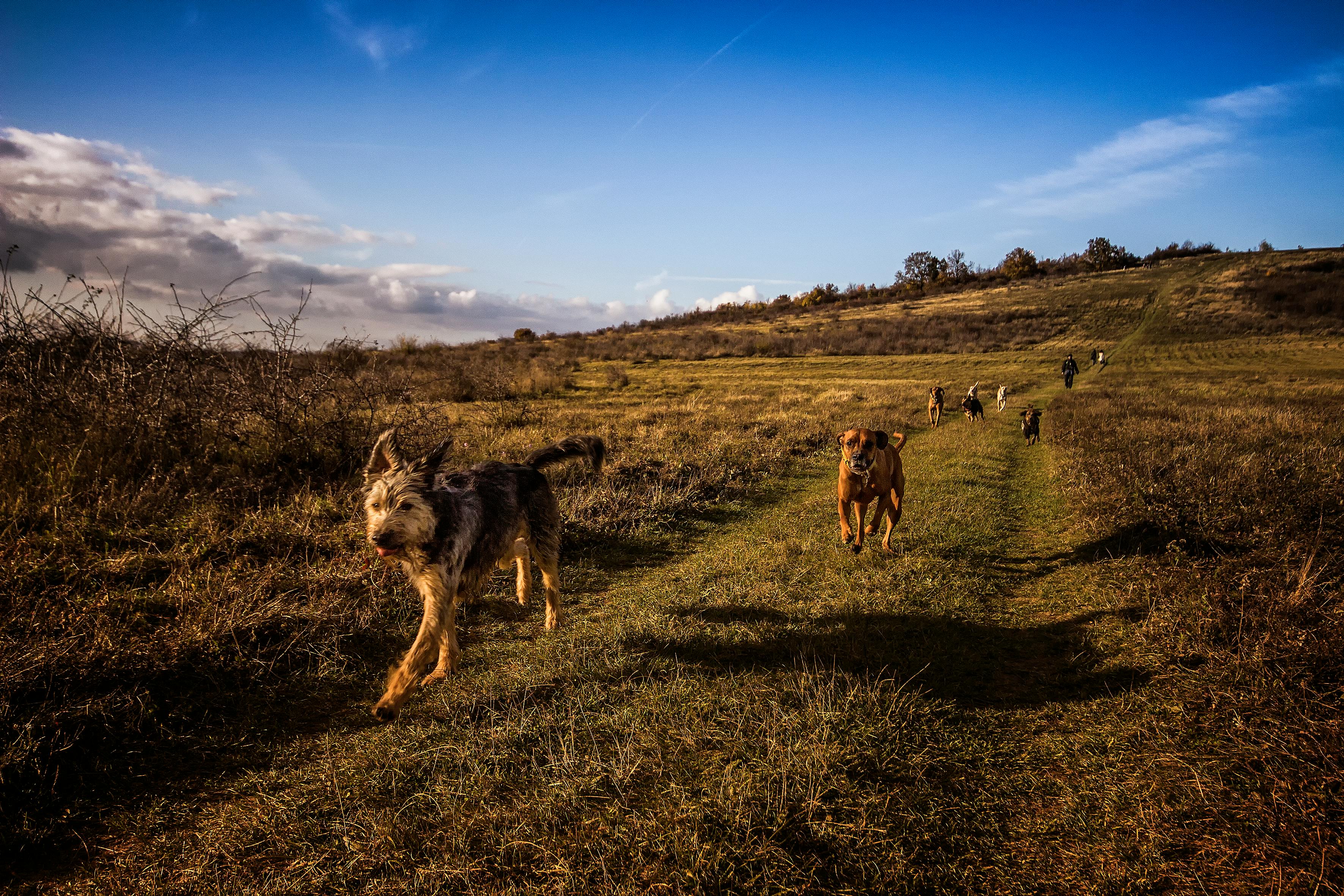Some people would say that dogs cannot speak. That would be the same as an English-speaking person saying that a German-speaking person cannot speak because the American does not understand the language. Dogs communicate. It’s just that they use language that not all of us understand. It may not be as sophisticated as human language, but it is a language nonetheless.
So when someone says that a dog attacked another dog for no reason, I hesitate to agree with that observation. Dogs use body language to communicate with each other. The slightest movement of an ear, eye, tail, head or body is giving a ton of information to any canine in sight.
They not only communicate through body language, but also through smell and sound. A female in heat gives off a strong scent that can carry a great distance. A frightened or injured dog gives off a scent that may keep some dogs away or may encourage others to try to help or protect.
So when a dog attacks another dog, there is always a reason. However, those of us who are not well versed in canine language may not see the subtle sign emitted by one or both dogs. And we certainly don’t have the ability to smell the subtle changes in a dog’s chemistry that they themselves have.
Dogs have more than 220 million olfactory (olfactory) receptors in their nostrils, while humans only have about 5 million. Therefore, they are far superior to us in their ability to smell changes in body chemistry, which is demonstrated in the ability of some pets to indicate areas of cancer in humans by smelling and licking a specific area of the body from the person continuously.
So when a dog approaches another dog, sniffs, and then attacks, there is a reason. If a dog sees a dog from a distance, runs and attacks it, there is a reason. If a dog lives peacefully with another dog and then one day attacks the other dog, there is a reason. We just don’t always understand what that reason is.
Sometimes a dog will attack another of its kind due to some kind of health problem in the attacking dog. If a normally non-aggressive pet suddenly begins attacking other dogs, a vet should examine it thoroughly to rule out any physical causes.
If there is no obvious physical cause for the aggressive behavior, the owner should examine his own relationship with the dog. Does the owner show weakness and lack of leadership so that the dog feels that he needs to take charge, lead and protect the pack? Is the owner calm and assertive when faced with a strange dog or is he tensing up, allowing fear and apprehension to travel through the leash to the sensitive dog at the other end, indicating that the strange dog is something that is it bad and should be “careful”?
Nobody likes to see two dogs fighting, and it is never safe to try to intervene with your bare hands. This is when a canine pepper spray comes in handy, or even a stun baton that extends 21 “so you can reach out and stun one or both dogs to end the fight. It might sound cruel, but it could very well. save a life.
There are so many ways that dogs communicate with each other that while we are not always aware of the reasons, there is always a reason why one dog attacks another. You may have been trained to attack certain types of dogs, you may feel threatened by another dog of the same sex, feeling the need to assert your position of dominance and leadership. You may feel a weakness, an illness, a fear, anything out of the ordinary that we cannot recognize with our lesser observation and smell skills.
We as humans use our vocal cords to do most of our communication. We don’t need our sense of smell and observation with each other as much as dogs do because we communicate through speech. I wonder how much easier it would be to understand their language and how much more we could bond with our dogs if we spent less time talking to them and more time observing their body language as they observe and react to bears and other dogs.
I wonder if we then understand why a dog attacks another dog and what we can do to prevent this aggressive behavior.




Recent Comments